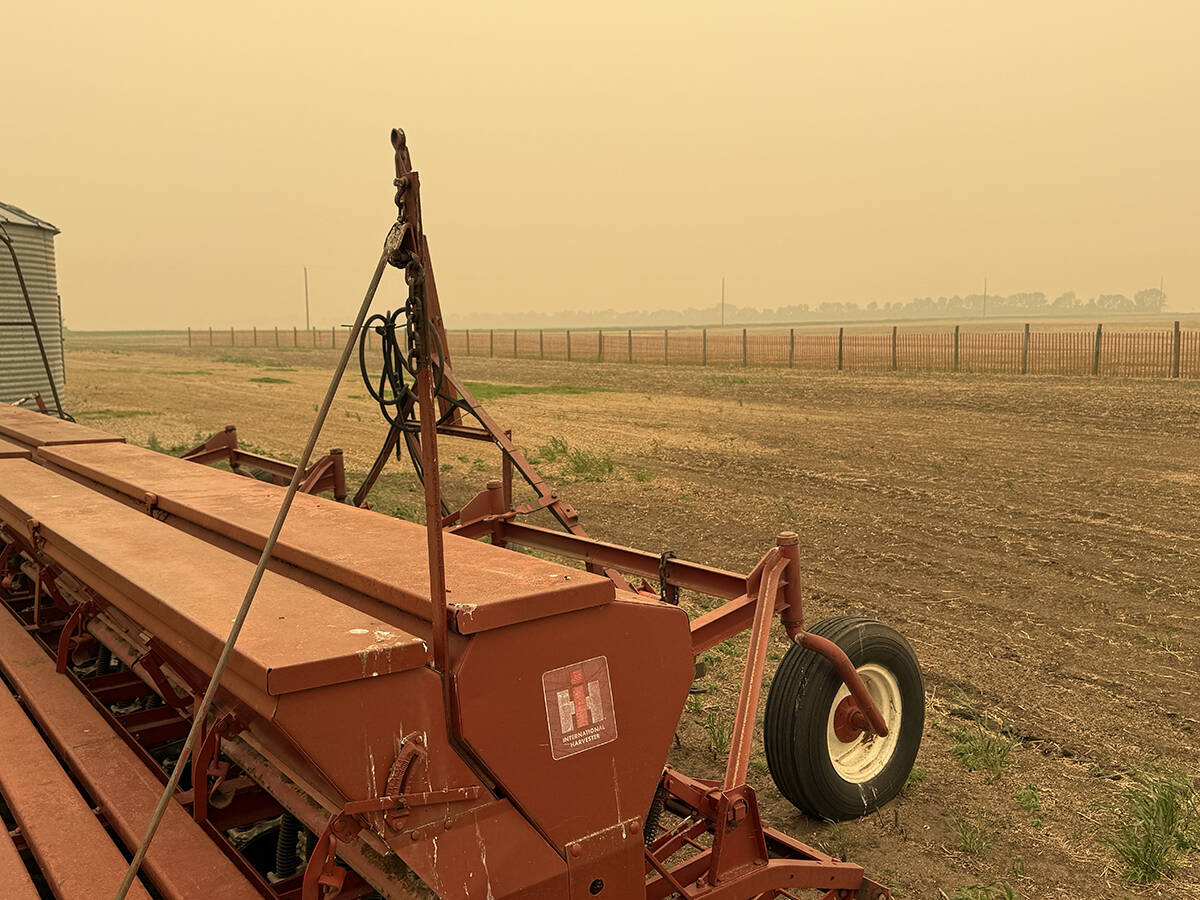Producers who want their children to continue the farm had better make sure the farm is big enough.
That’s the message brought to Manitoba producers by David Kohl, a farmer and professor of agricultural finance, small business management and entrepreneurship at Virginia Tech.
In 1990, 40 percent of North American farms supported a family without off-farm income, said Kohl.
Today, 80 percent of farms are subsidized with income from a family member working away from the farm.
“The quickest way to create guerrilla warfare on your farm is when you have too many pigs living off the trough,” said Kohl.
Read Also

Wildfires have unexpected upside this year
One farmer feels smoke from nearby wildfires shrouded the July skies and protected his crop from the sun’s burning rays, resulting in more seeds per pod and more pods per plant.
A farm needs to provide about $40,000 of net income for each family member, he said. And farmers need to plan for additions to the family, like spouses or children.
Without enough income, spouses and families start bickering. This can threaten the family business, said Kohl.
Divorce is becoming more common in farm families, especially when one spouse works off the farm, he said.
“They’re disconnected with the farm, so there’s more tendency to have communication problems, they don’t feel like they’re part of it. Then they finally say, after five or 10 years, ‘Why should I support this habit?'”
Young farmers have a 70 percent chance of marrying someone who doesn’t have a background in farming or small business, said Kohl.
These couples are five times more likely to divorce than spouses who both grew up understanding long hours and the cyclical nature of business.
While some farmers may need to grow to survive, Kohl points out growth is also the main reason businesses fail. When planning an expansion, he said farmers need to overestimate by 25 percent the time and money they’ll spend.
Farmers need to manage their time so they spend no more than 3,000 hours working and 500 hours in community and farm groups per year. Otherwise, they will burn out, get hurt or damage family relationships.
Children working full-time off the farm should spend no more than 1,000 hours per year working on the farm, he added.
Kohl said 70 percent of North American farmland will change hands during the next 15 years. But while a younger generation will control farm assets, they may not own them.
More widow landlords
The new generation of farmers should be aware that more land will be controlled by widowed farm women and their non-farming children, who may be more likely to sell land out from under renting farmers, disrupting plans.
He encouraged farmers to invest five to 10 percent of their margins outside agriculture to have another source of income during retirement.
Farmers live longer these days, so they should plan for 18 to 30 years of retirement. Kohl said they should have a $1 million annuity when they retire.
A study done two years ago showed less than eight percent of U.S. farmers had a retirement pension plan.
“They’d rather put the money back into the farm operation, they just want to see the farm operation growing,” Kohl explained.
But having a different source of income for retirement gives the next generation more flexibility in buying out the farm, he said.














